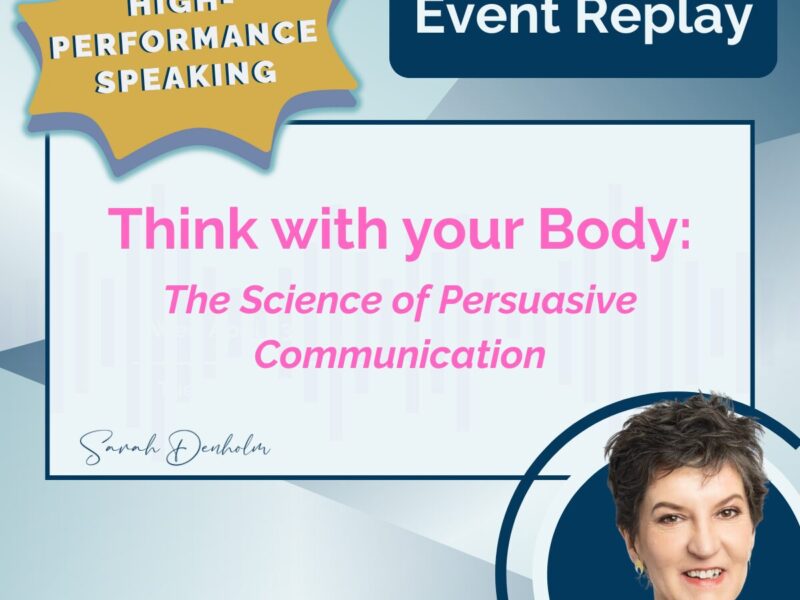In this video, I discuss some ways you can make great transitions in your presentations. This can make a big difference to:
- how professional you seem
- how easily the audience can follow you
[Video is below.]
And without them, your talks can seem clunky and disjointed, as you move from one section to the next. I’ve found that many people aren’t even aware of transitions as a professional tool.
Yet good links – whether they’re words, phrases or sentences – between your ideas will make your public speaking content flow smoothly and easily. They’ll allow audience members to tune back in to you if you’ve lost them!
And they’ll like and appreciate you more because of it. Liking creates trust, and you’ll be more persuasive as a result. If you’re interested in being persuasive as a speaker, here’s another post on when to use stories.
Or another, on how persuasion and power interact. The original source from Kellogg School of Management is here
So if you’re selling an idea, or an actual tangible product, think about your transitions.
What are transitions?
Transitions tie your key points together, creating a seamless flow; a signal to your audience that you’re moving on to a new idea. They’re connecting links in the chain of your speech, like paragraphs in a written document, and they increase audience retention. Our brains are constantly looking for relationships between ideas, comparing and contrasting information. Make it easy for your audience to do this by guiding them. When you say something like “Let’s look at the three levels of X”, the audience knows they’re being looked after.
If you have a few points, and are talking about each one for a while, you could add a phrase like “Now we’re still on the first point” for extra clarity and audience focus. They’ll be happy to know where they are – especially if they’ve briefly drifted away from your talk.
Where would you use them?
After the introduction; between each main point; before summary and conclusion. You can also create your whole presentation around a framework of questions as transitions. For example: What’s the issue? Why do we have it? How should we solve it? What time-frame?
So next time you have an important presentation to give – or you’re already a great speaker, and are looking for something to fine-tune, remember to make great transitions in your presentations!





